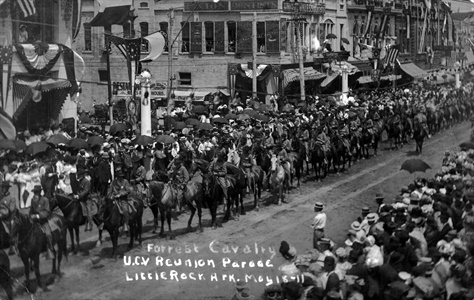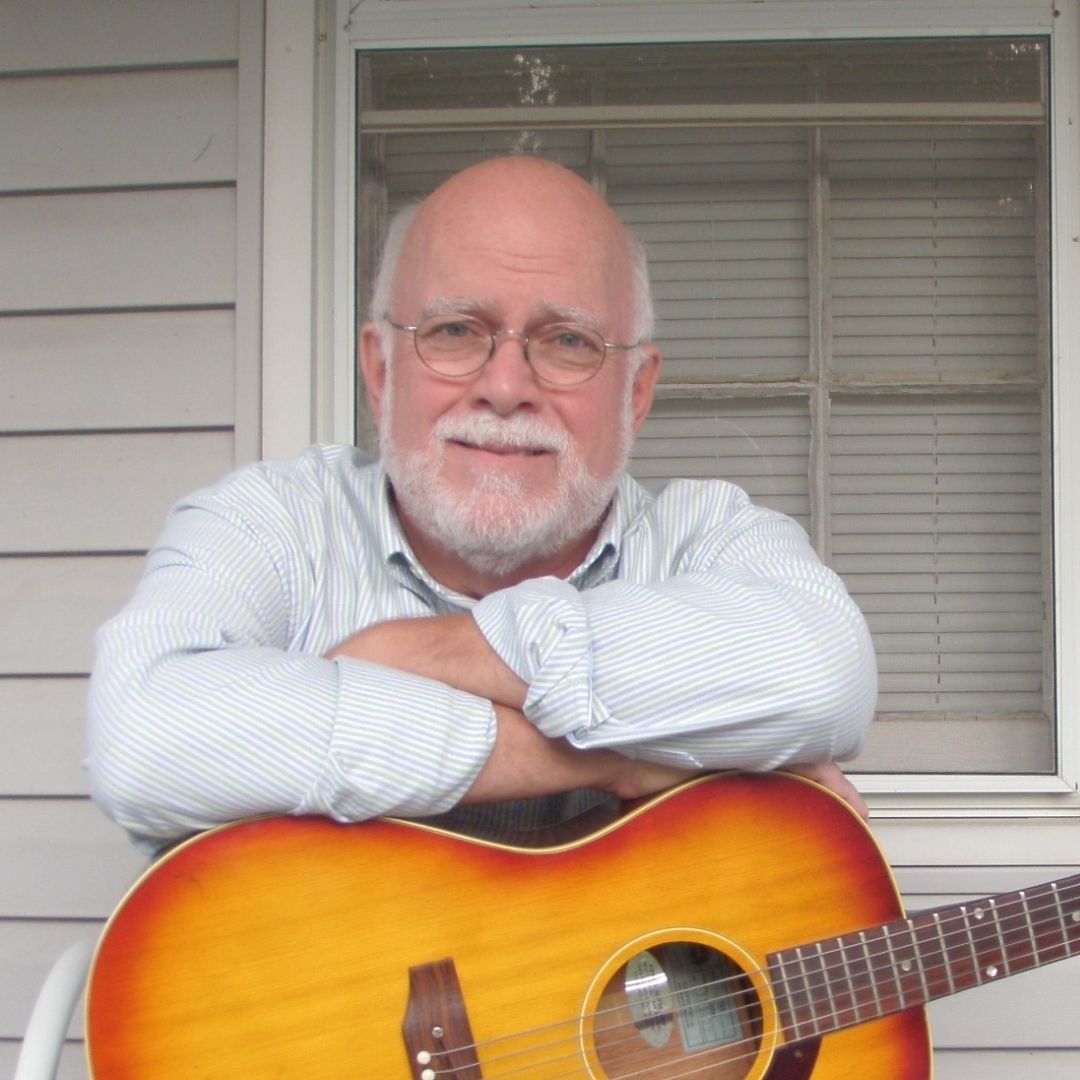As I write this, the long march of the regular session of the 93rd Legislative Assembly has come to an end. A few days before the grand exit, State Sen. Mark Johnson drew smiles and chuckles when he alluded to the length of the session during his remarks at the dedication of the new T.W. Hardison Visitors’ Center at Petit Jean State Park.
Over the past few weeks, I have been asked whether this has been the longest legislative session; I have been able to assure inquirers that it has not. The honors in that dubious category must go instead to the 38th Legislative Assembly, which convened on Jan. 9, 1911, and lingered in Little Rock until May 13. This run encompassed (counting weekends) a notable 125 days, more than any meeting of the solons past or, as yet, to come.
What made the 1911 session stretch out so long?
For this, the curious should best consult the late Dr. Calvin Ledbetter’s lively and solid Carpenter from Conway: George Washington Donaghey as Governor of Arkansas, 1909-1913. Ledbetter makes it clear that the Legislature of 1911 faced a full agenda, including state revenue shortfalls and an ambitious set of proposals from Donaghey, such as the creation of a state health board, adoption of a mild anti-lynching measure, imposture of a state income tax, school consolidation and the funding for a new Capitol’s completion.
Another factor — unspoken but very significant — may have been the lure of the state’s metropolis; the hotels and restaurants of Little Rock afforded many opportunities for statesmen from small cities and towns to enjoy big-city hospitality.
I have long thought, though, the legislators’ new digs had something to do with their reluctance to leave Little Rock. The new state Capitol was a promise that became a seemingly unreachable goal. Started in 1899, the project was given a $1 million budget and a three to five year completion date. By 1911, the Capitol was still not finished and had far exceeded the prescribed financial plan. Plagued by setbacks both practical and political, the project had looked fair to being abandoned at one point but was now seemingly close to successful completion, a triumph over adversity.
During December and early January, temporary light and heating were arranged. A House and Senate caucus met at the old Capitol and approved a resolution to meet at the new Capitol on January 9. On that prescribed date, legislators heard the governor’s opening address, chose their chambers’ leaders and set to work in a new seat of government that seemed worthy of the state’s potential.
By early May of 110 years ago, though, the legislators knew it was time to fold their tents, settle bills at their respective hotels and bid lobbyists and other Little Rock denizens a fond farewell. In the rush to tidy up loose ends, elected officials approved a final few measures and somehow overlooked a delegation from the Arkansas Federated Women’s Clubs, who had come to town bearing a proposed design for our first state flag. A number of other proposals, including raising state revenues, abolishing the convict-leasing system, enabling implementation of the already-approved initiative and referendum amendment and finding funding to complete the new Capitol were left unresolved, to the consternation of Donaghey (of whom, more anon).
* * *
Perhaps a better question than why the session lasted so long might be “why did the session end?” I would suggest that the legislators beat a quick retreat because they realized that if they tarried longer in Little Rock, having a quiet meal or even a refreshing beverage was about to become very difficult. The city was filling up with visitors, well over 100,000 of them, for the 21st reunion of the United Confederate Veterans.
The reunion had been expected to draw about 5,000 or 6,000 veterans, but at least twice that number answered the invitation. Judge William Kavanaugh, leader of the arrangements committee, averred that “We were notified of 1,500. We prepared for 5,500. Now we have 11,000 to entertain.” And even this was an underestimate.
The story of the preparation for the reunion and what went on during it has been told by others; oddly enough, the reunion left only a modest paper trail. Writing for the Encyclopedia of Arkansas, Ray Hanley notes that: “Little documentary information is available about the reunion, but it was featured in newspaper articles and recorded in a series of postcards done by local photographers.”
However, the Arkansas State Archives preserves a significant documentary legacy of the event. Most of the veterans who attended filled out registration forms recording their personal and service-related information. Along with Confederate veterans who completed forms, numerous others provided their information as well, including some Union veterans, as well as attendees to the concurrent convention of the United Sons of Confederate Veterans. Approximately 10,000 of these forms are preserved at the Arkansas State Archives and are available on microfilm for study — names, ranging from W.H. Abbot of Marion County, Texas, through W.B. Zuber of Independence County, Arkansas, are indexed in a database in our Arkansas Digital Archives collection.
The reunion opened on May 16 and ended two days later. Then, on the 19th, Little Rock was left to sweep the streets, count till receipts, take a collective deep breath and…wait for some familiar faces to reappear.
***
At noon on May 13, the Legislative Assembly ended its regular session, accompanied by rounds of handshakes, back slaps, general bonhomie and a sense that some good work had been done. Not everyone, though, was satisfied with the session’s accomplishments and one such had the authority to do something about it. At 12:30 p.m. on the 13th, half an hour after adjournment sine die, Gov. George Donaghey issued a call for a special session of the Legislature to be convened in the new Capitol on May 22, after the dust and excitement of the grand reunion settled. The special session would address various issues including, notably, appropriating funding to make it possible for the State Supreme Court and the Treasurer of State to move their offices and operations to the new Capitol.
In the wake of the special session, Donaghey generously remarked that it “did more for the state in the fifteen days that it was held, than the regular session did in 125 days.” There may be a lesson for the many successors to the solons of 1911 lurking in Donaghey’s assessment, but I’ll leave that to the professionals to sort out.

